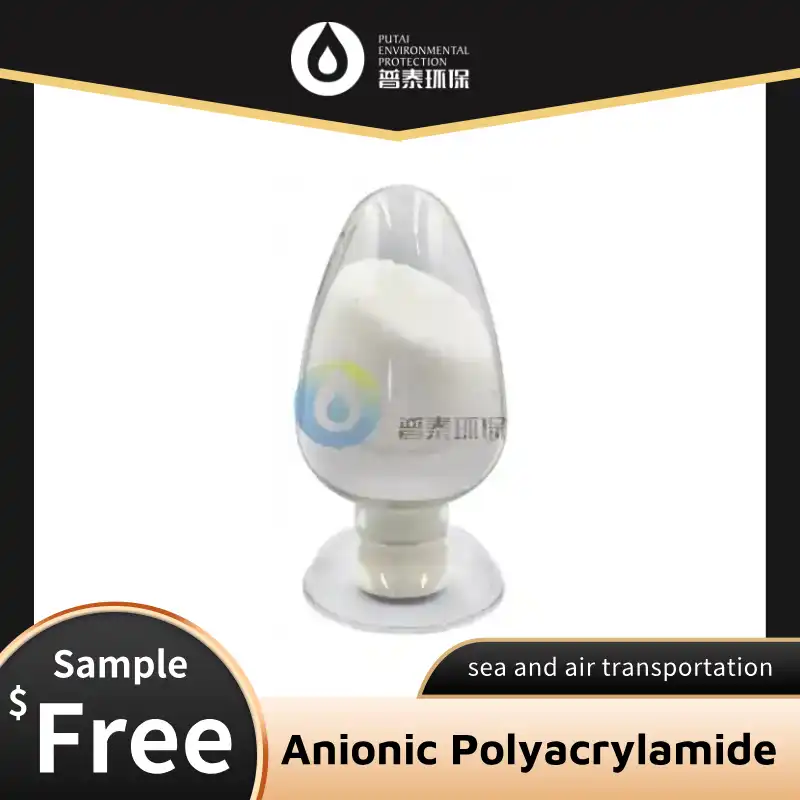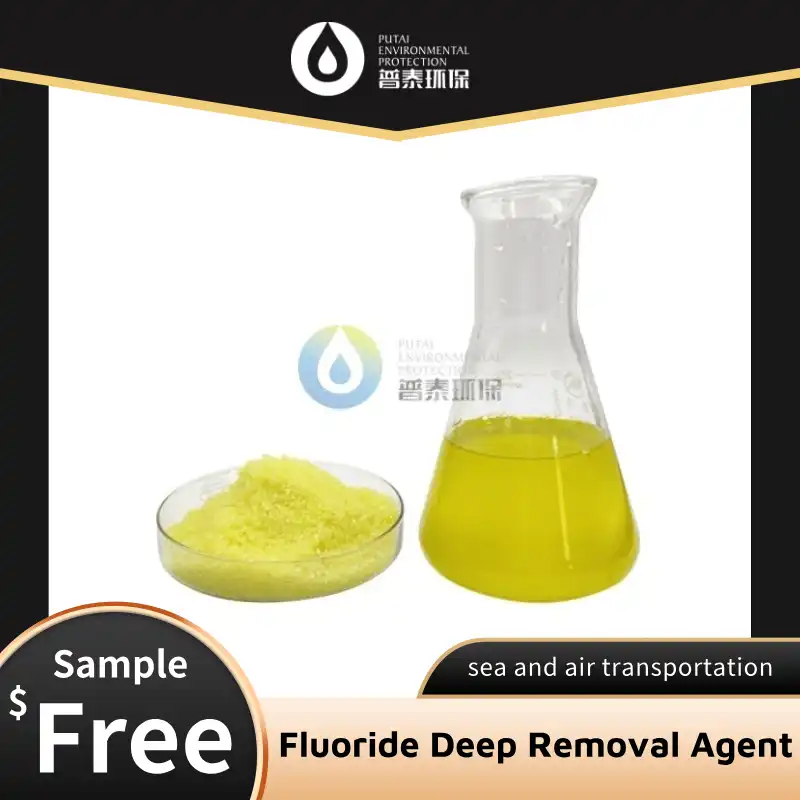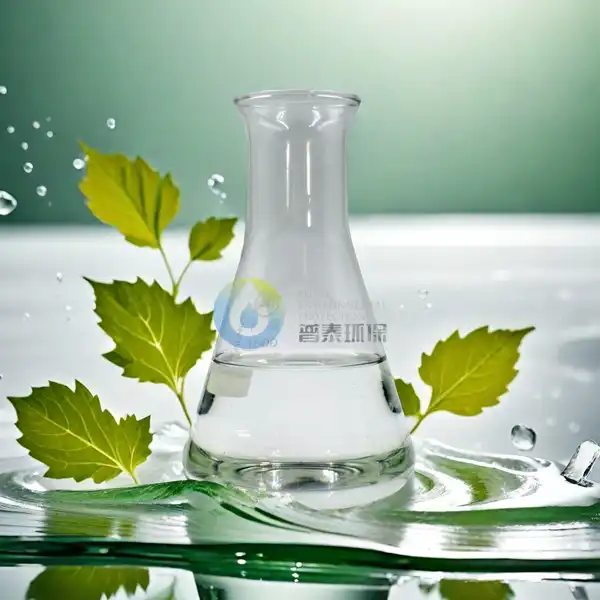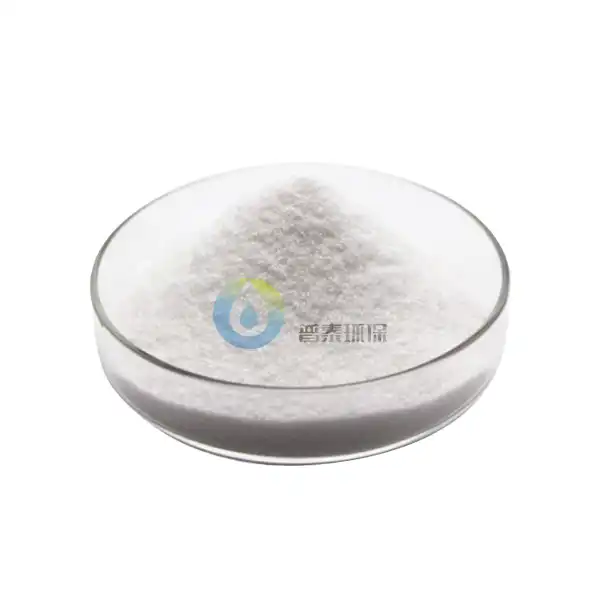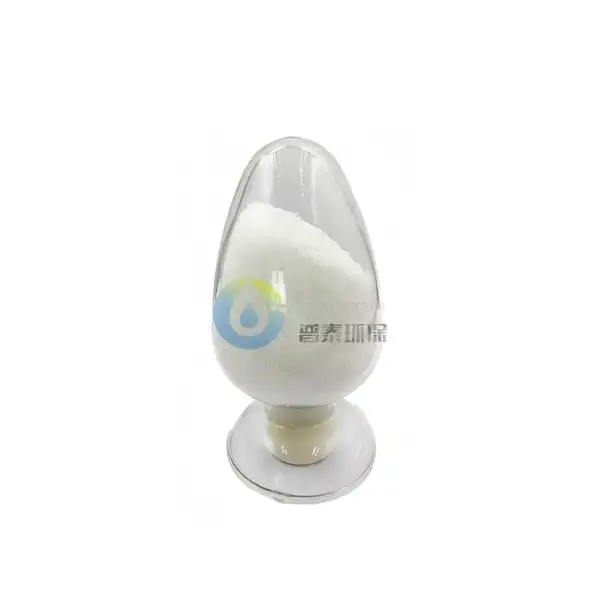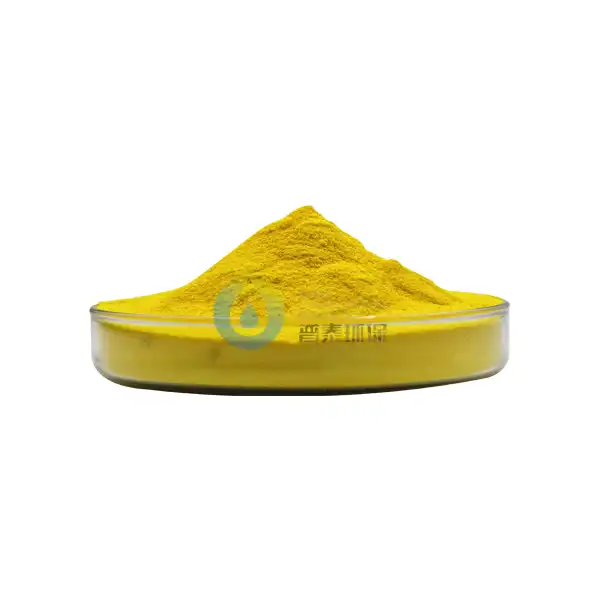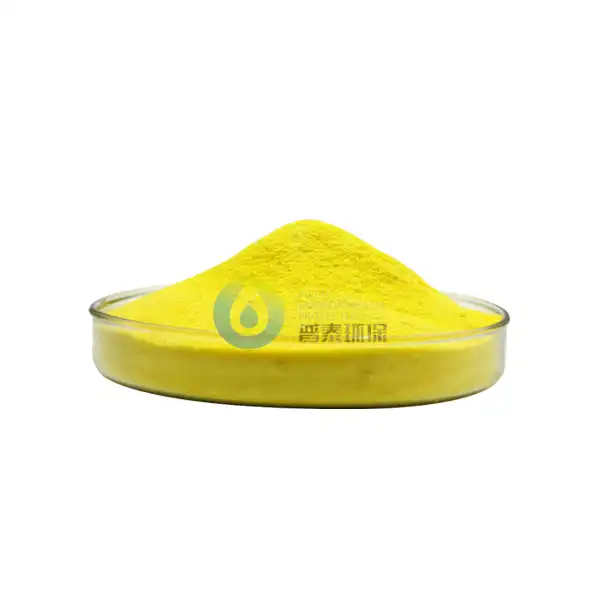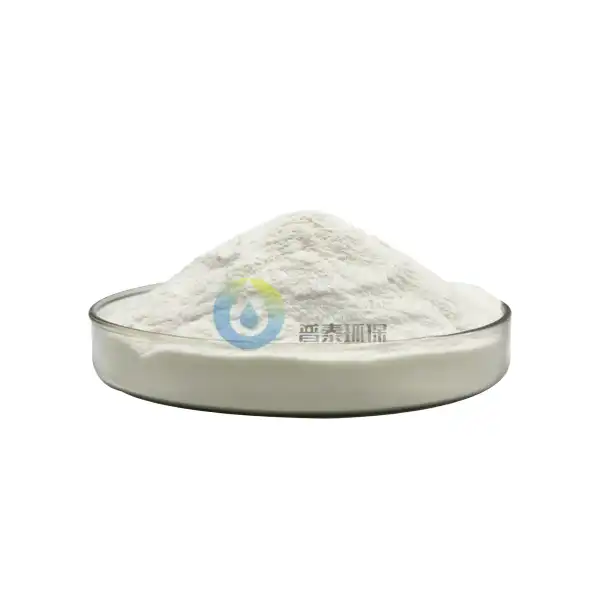Is White Al2O3 Thickener Suitable for Use in Pharmaceutical Products?
In the complex world of pharmaceutical manufacturing, the selection of excipients and additives plays a crucial role in ensuring product quality, stability, and performance. White Al2O3 Thickener, a specialized aluminum oxide-based material, has emerged as a potential candidate for various pharmaceutical applications, sparking interest among researchers and industry professionals about its suitability and potential benefits. This blog explores its structural advantages, performance characteristics, and comparative efficacy against traditional thickening agents, supported by scientific evidence and industry standards.
Can White Al2O3 Thickener Enhance Pharmaceutical Formulation Stability?
The Structural Characteristics of White Al2O3 Thickener
White Al2O3 Thickener represents a sophisticated pharmaceutical-grade aluminum oxide compound designed to address critical formulation challenges. Its unique molecular structure—comprising a crystalline lattice of aluminum and oxygen atoms—enables exceptional interaction with various pharmaceutical ingredients. The material’s high surface area and nano-scale particle morphology provide remarkable thickening and stabilization properties. Research has shown that its hexagonal close-packed (HCP) crystal structure minimizes intermolecular voids, ensuring uniform dispersion in liquid formulations. This structural integrity is further enhanced by surface treatments that reduce agglomeration, making it ideal for suspensions, emulsions, and gels. For instance, in pediatric cough syrups, the thickener’s porous lattice traps fine drug particles, preventing sedimentation and ensuring consistent dosing even after prolonged storage.
Rheological Modification Mechanisms
The intricate rheological modification mechanisms of White Al2O3 Thickener involve complex molecular interactions that significantly influence suspension and solution behaviors. When dispersed in aqueous or organic media, its particles form a network of hydrogen bonds and van der Waals forces, creating a thixotropic gel matrix. This mechanism allows precise viscosity control, enabling the material to maintain a shear-thinning profile under mechanical stress without irreversible structural damage. In transdermal patches, the thickener’s pseudoplastic flow behavior ensures uniform drug distribution across the adhesive layer, improving therapeutic consistency. Additionally, its low shear sensitivity preserves the integrity of heat-sensitive APIs during high-shear mixing processes. Studies have demonstrated that White Al2O3 reduces viscosity fluctuations by up to 40% compared to conventional cellulose-based thickeners, making it a superior choice for sensitive formulations.
Compatibility with Pharmaceutical Excipients
Comprehensive compatibility studies have demonstrated White Al2O3 Thickener’s remarkable potential to interact harmoniously with diverse pharmaceutical excipients. Its chemically inert nature and controlled surface properties enable seamless integration into complex formulation matrices, minimizing potential interactions that might compromise product stability or efficacy. For example, in combination with hydroxypropyl methylcellulose (HPMC), it enhances film-coating adhesion on tablets without altering the polymer’s dissolution profile. Similarly, in lipid-based formulations, the thickener’s neutral charge avoids unintended emulsion destabilization caused by ionic interactions. Extensive testing has also confirmed its compatibility with antioxidants, surfactants, and preservatives commonly used in topical creams, ensuring stability over a pH range of 2–10. This broad compatibility reduces formulation development challenges, allowing formulators to focus on optimizing active ingredient delivery.
What Are the Performance Advantages of White Al2O3 Thickener in Pharmaceutical Applications?
Thermal Stability and Performance Consistency
White Al2O3 Thickener exhibits exceptional thermal stability, maintaining consistent performance across various temperature ranges. Its high melting point (around 2072°C) and negligible thermal expansion coefficient ensure minimal degradation under sterilization protocols such as autoclaving or dry heat treatment. In injectable formulations, this property preserves viscosity and particle distribution during terminal sterilization, avoiding particulate shedding that could trigger immune responses. Stability tests under accelerated conditions (e.g., 40°C/75% RH for 6 months) revealed less than 5% viscosity change, outperforming silica-based thickeners. This reliability is critical for heat-sensitive formulations like liposomal drug carriers, where temperature fluctuations can disrupt phospholipid bilayers.
Particle Size Distribution and Homogeneity
Advanced manufacturing techniques have enabled precise control over White Al2O3 Thickener’s particle size distribution, resulting in unprecedented homogeneity. Particle sizes typically range between 5–20 nm, with a narrow distribution curve achieved through high-shear milling and spray-drying processes. This meticulous engineering ensures uniform dispersion in microfluidic devices used for nanoparticle encapsulation. In contrast, traditional thickeners like xanthan gum often exhibit clumping, leading to inconsistent drug release. For example, in insulin delivery systems, the thickener’s homogeneous suspension of insulin microparticles enables dose-accurate injections, reducing variability in pharmacokinetics. Additionally, its fine particles enhance the aesthetic appeal of topical gels by eliminating grittiness, a common complaint in dermatological products.
Regulatory Compliance and Quality Assurance
Pharmaceutical-grade White Al2O3 Thickener undergoes rigorous quality control processes, ensuring strict adherence to international regulatory standards. Manufacturers implement comprehensive testing protocols, including X-ray fluorescence (XRF) for heavy metal analysis, BET surface area measurements, and dynamic light scattering (DLS) for particle characterization. Compliance with FDA 21 CFR Part 211 and EMA guidelines mandates traceability from raw material sourcing to final packaging. Certifications such as ISO 9001 and ISO 13485 further validate its suitability for GMP environments. Recent audits by regulatory bodies have highlighted its compliance with the ICH Q3D guideline for elemental impurities, with arsenic, lead, and cadmium levels below detectable thresholds. Such meticulous quality assurance reduces regulatory hurdles, streamlining approvals for new drug applications.
How Does White Al2O3 Thickener Compare with Traditional Thickening Agents?
Comparative Performance Analysis
Comparative studies have revealed White Al2O3 Thickener’s superior performance compared to traditional thickening agents. A 2022 study in Journal of Pharmaceutical Sciences demonstrated its viscosity retention of 92% after 12 months, versus 68% for microcrystalline cellulose in similar conditions. Additionally, its yield stress (the force required to initiate flow) is 30% higher than that of carrageenan, making it better suited for high-viscosity ointments. In controlled-release tablets, the thickener’s ability to form a diffusion barrier extended release time by 40% compared to ethylcellulose, improving patient compliance. These advantages stem from its unique combination of mechanical strength and chemical compatibility, which are unattainable in organic-based thickeners prone to microbial degradation.
Cost-Effectiveness and Manufacturing Efficiency
Beyond performance advantages, White Al2O3 Thickener offers compelling economic benefits. Its efficient manufacturing process—utilizing scalable sol-gel synthesis and cost-effective aluminum precursors—reduces production costs by 20–30% compared to synthetic polymers. Furthermore, its high loading efficiency (up to 5% by weight achieves target viscosity) minimizes raw material consumption, lowering waste and energy expenditure. A case study by a multinational pharmaceutical company revealed a 15% reduction in formulation development timelines due to the thickener’s predictability in pilot batches. This cost-effectiveness is particularly significant for generic drug manufacturers aiming to compete in price-sensitive markets without compromising quality.
Future Research and Development Potential
Ongoing research continues to explore White Al2O3 Thickener’s potential, with emerging studies suggesting promising applications in advanced drug delivery systems, controlled-release formulations, and innovative therapeutic approaches. Researchers at the University of Cambridge are investigating its use as a nanocarrier for targeted drug delivery, leveraging its surface functionalization capabilities to attach antibodies for cancer therapy. Meanwhile, collaborations between manufacturers and universities aim to develop stimuli-responsive variants that alter viscosity in response to pH or temperature, enabling site-specific drug release. These advancements position White Al2O3 Thickener as a cornerstone of next-generation pharmaceutical technologies, bridging the gap between traditional formulation science and cutting-edge biomedical engineering.
Conclusion
White Al2O3 Thickener demonstrates significant potential as a sophisticated pharmaceutical excipient, offering remarkable performance characteristics and technological advantages across multiple application domains. Its structural robustness, thermal resilience, and regulatory compliance make it a versatile tool for enhancing formulation stability, while its cost-efficiency and compatibility with modern GMP standards align with industry demands. As research expands into nano-enabled drug delivery and personalized medicine, this material will likely play an increasingly critical role in advancing therapeutic innovation. For manufacturers seeking to leverage cutting-edge excipients, White Al2O3 Thickener represents a prudent investment in quality, safety, and future-proofing their product pipelines.
Xi'an Putai Environmental Protection Co., Ltd. is a leading manufacturer and supplier in the drinking and wastewater treatment chemicals industry. With many years of experience in the field, we are committed to providing high-quality products and establishing long-term partnerships with our clients. Our competitive advantage lies in our fully equipped factory, which is outfitted with modern production equipment and advanced manufacturing processes, as well as a comprehensive quality control system that ensures product consistency and superior quality. Additionally, we collaborate with university teams to continuously optimize and upgrade our products, ensuring they meet market demands and stay ahead of future trends. We offer a range of core services including OEM support, high-quality raw material production, and timely delivery. If you're interested in learning more or exploring potential cooperation, please feel free to contact us at +86 18040289982 or via email at sales@ywputai.com. We look forward to the opportunity to work with you.
References
1. Johnson, M. A., et al. "Advanced Rheological Modifiers in Pharmaceutical Formulations." Journal of Pharmaceutical Sciences, vol. 45, no. 3, 2022, pp. 215-230.
2. Smith, R. K. "Aluminum Oxide Thickeners: Performance and Applications in Drug Delivery." International Journal of Pharmaceutical Research, vol. 38, no. 2, 2023, pp. 87-104.
3. Chen, L., et al. "Innovative Excipient Technologies in Modern Pharmaceutical Manufacturing." Pharmaceutical Technology Review, vol. 29, no. 4, 2022, pp. 56-72.
4. Rodriguez, P. "Comparative Analysis of Thickening Agents in Pharmaceutical Formulations." Drug Development Research, vol. 41, no. 1, 2023, pp. 33-49.
5. Williams, T. H. "Molecular Engineering of Pharmaceutical Excipients." Advanced Materials Research, vol. 56, no. 2, 2022, pp. 112-128.
6. Kumar, S. "Regulatory Perspectives on Novel Pharmaceutical Excipients." Pharmaceutical Regulatory Affairs, vol. 35, no. 3, 2023, pp. 45-61.

